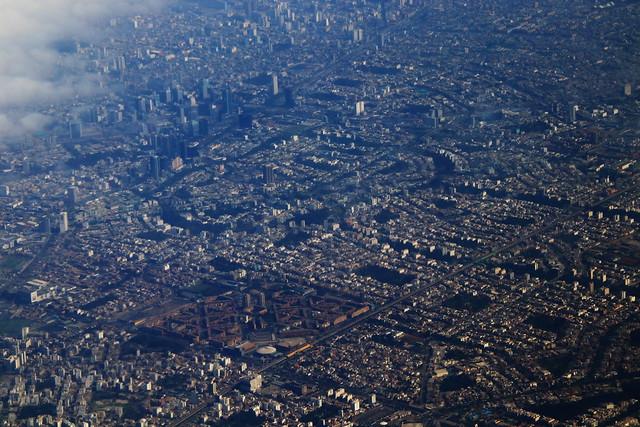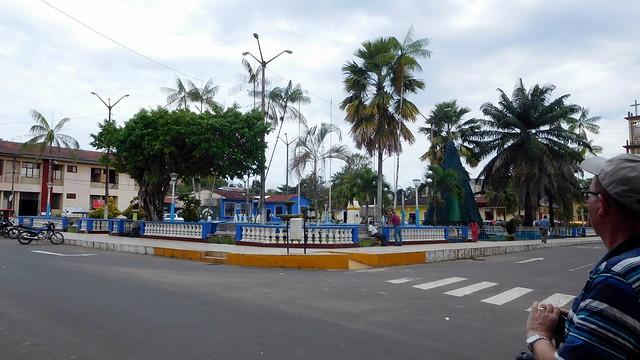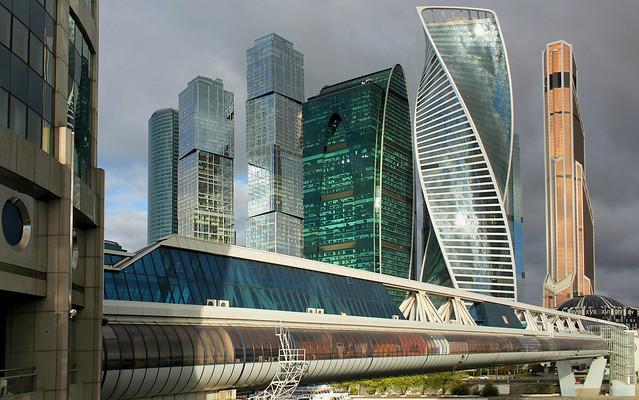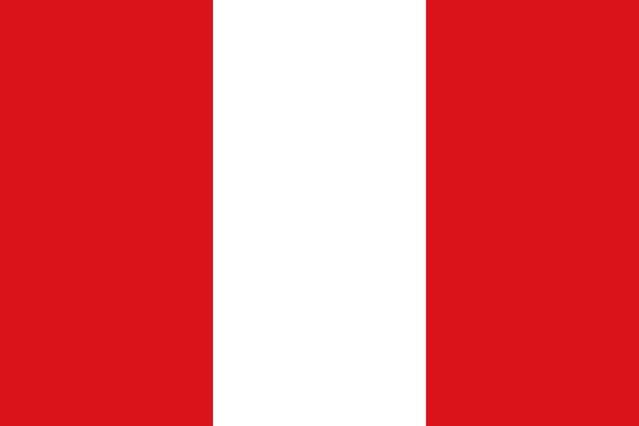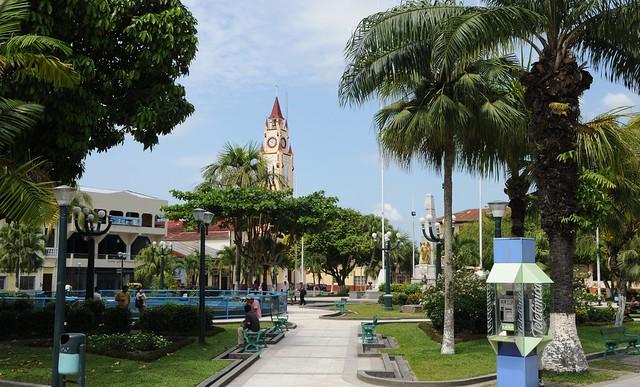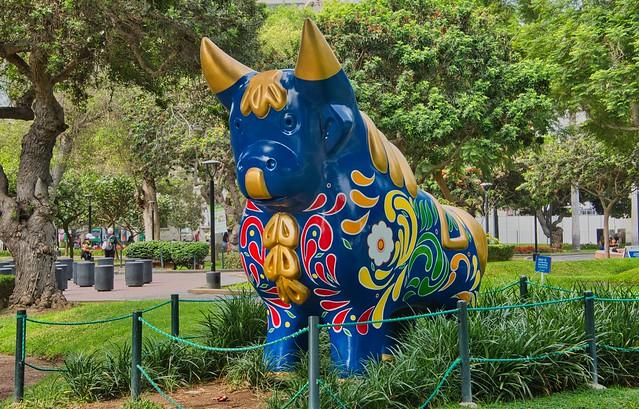
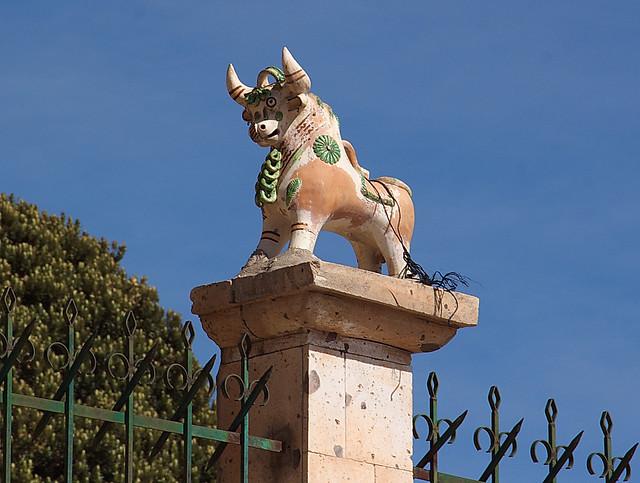
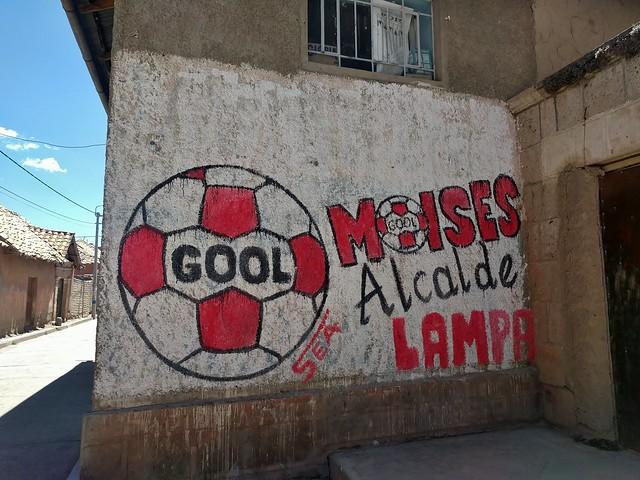
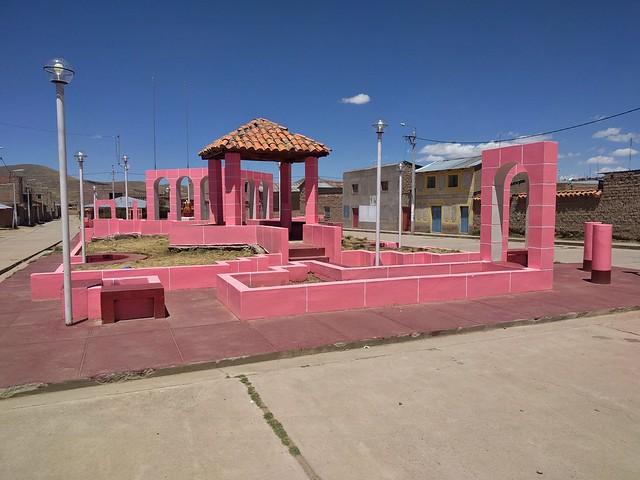
Lampa
Overview
Lampa's Cultural Heritage
Lampa is a small but vibrant city located in the Puno region of southern Peru, known for its rich cultural heritage and artistic traditions. The city is often referred to as the "Pink City" due to the distinctive pink sillar stone used in many of its colonial-era buildings. This unique architectural style, which combines elements of Spanish and indigenous influences, gives Lampa a charming and picturesque atmosphere. Travelers will find themselves enchanted by the intricate stonework and colorful facades that adorn the streets, making it a perfect destination for photography enthusiasts.
Historical Significance
Lampa's history dates back to pre-Columbian times, with the area originally inhabited by the Aymara people. The city later flourished during the colonial period, becoming an important center for trade and agriculture. One of the most remarkable historical sites is the Church of Santiago Apostol, which was built in the 18th century and is famous for its stunning baroque altars and intricate ceiling paintings. The church is a testament to Lampa's religious significance and showcases the artistic talents of local craftsmen. Visitors can explore the church and appreciate its historical context, as well as attend mass to witness local religious practices.
Local Characteristics and Atmosphere
The atmosphere in Lampa is both tranquil and lively, with a mix of traditional Andean culture and modern influences. The city is home to friendly locals who are often seen wearing traditional clothing, adding to the vibrant cultural tapestry. The central Plaza de Armas serves as the heart of the city, where travelers can sit and enjoy the ambiance while sipping on a delicious cup of Peruvian coffee. The plaza is surrounded by charming cafes and shops selling local handicrafts, where visitors can find unique souvenirs such as textiles, pottery, and silver jewelry.
Festivals and Traditions
Lampa is also known for its lively festivals, which reflect the blend of indigenous and Spanish influences. The most notable celebration is the Feast of Santiago, held in July, where locals honor their patron saint with colorful parades, traditional music, and dance performances. This festival is a fantastic opportunity for travelers to experience the local culture firsthand and engage with the community. Another significant event is the Festival of the Virgin of the Assumption in August, during which the streets come alive with vibrant processions, showcasing Lampa's rich traditions and religious fervor.
Natural Surroundings
Lampa is situated in a picturesque landscape surrounded by rolling hills and the stunning Andes mountains, making it an ideal base for outdoor enthusiasts. The nearby Lake Titicaca, the highest navigable lake in the world, is just a short drive away and offers various activities such as boat trips to the Uros floating islands and Taquile Island, known for its traditional weaving techniques. The natural beauty of the region is complemented by the diverse flora and fauna, providing ample opportunities for hiking and exploring the breathtaking scenery.
Gastronomy
Culinary experiences in Lampa are deeply rooted in its Andean heritage. Travelers should not miss trying local dishes such as pachamanca, a traditional Peruvian meal prepared by cooking marinated meat and vegetables in an underground oven. Additionally, the city boasts a variety of street food vendors offering tasty snacks like anticuchos (grilled skewered meat) and salchipapas (fried potatoes and sausages). Dining in Lampa allows visitors to savor authentic flavors while engaging with the local community, making for a memorable gastronomic adventure.
Other towns or cities you may like in Peru
Explore other cities that share similar charm and attractions.


